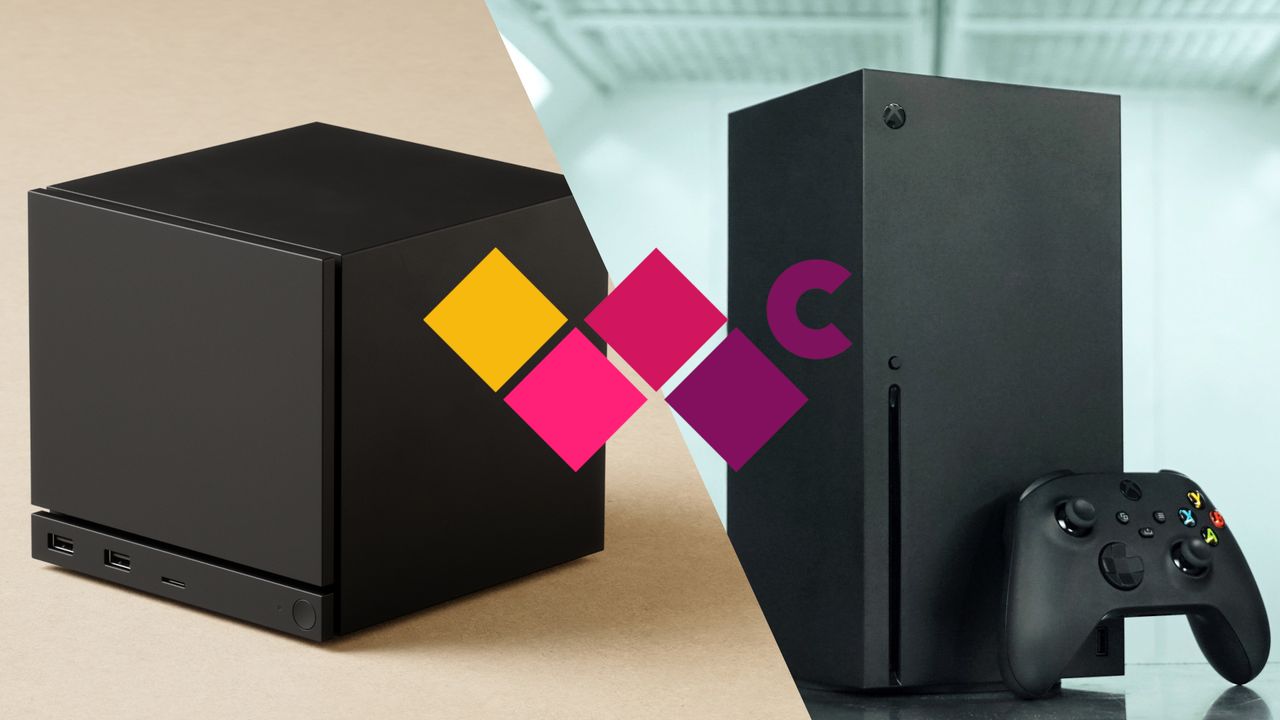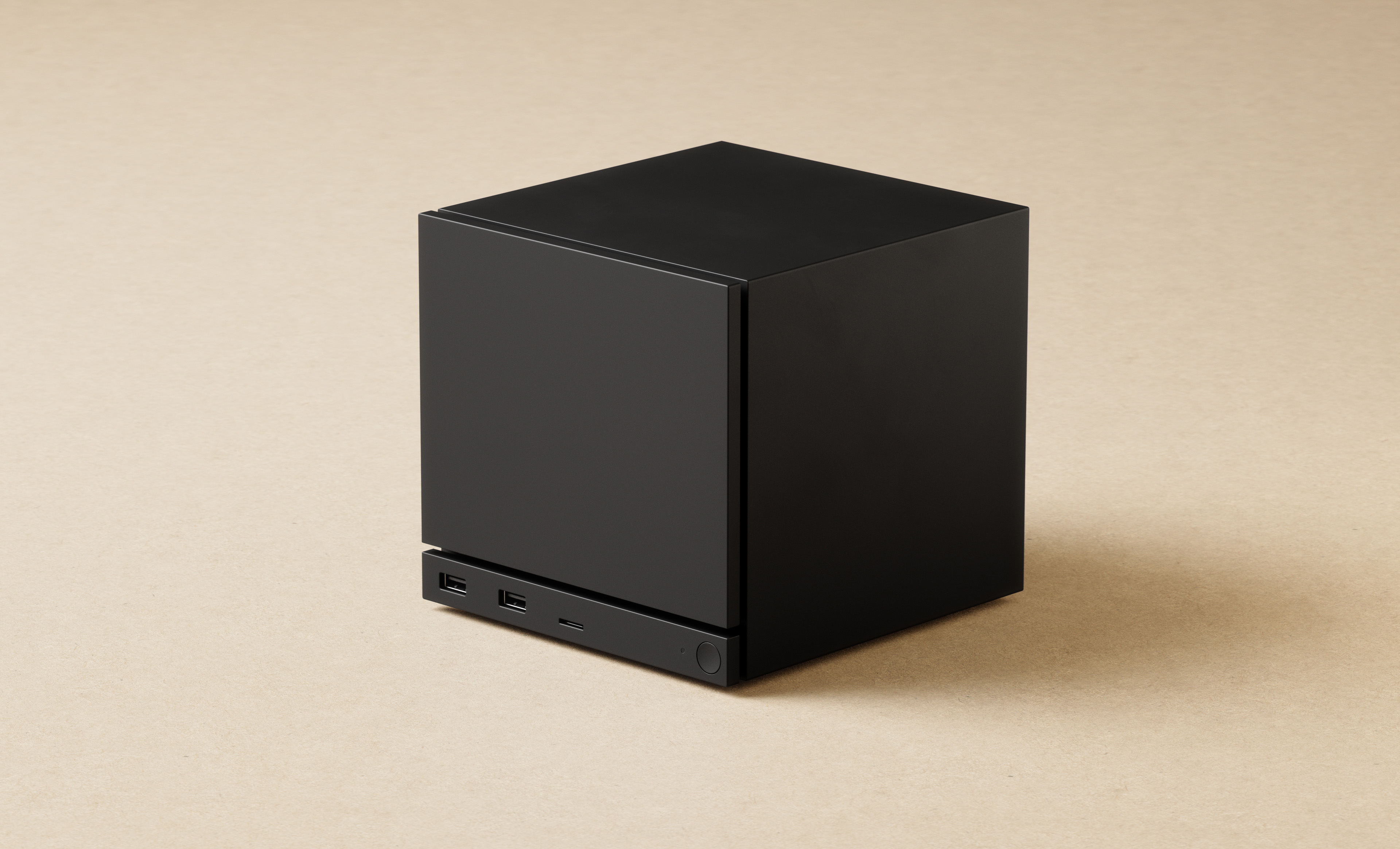
On November 12, 2025, Valve revealed it was bringing back the Steam Machine, and they’re promising a significant boost in performance.
The new Steam Machine is a small, cube-shaped PC that works like a console. It runs SteamOS, which is based on Linux. Essentially, it’s similar to the Steam Deck, but without a screen or controllers. Valve claims it’s over six times more powerful than the Steam Deck, though.
Valve says you can game at 4K resolution with a stable 60 frames per second, even though the Steam Machine only has 8GB of GDDR6 VRAM for its graphics processing unit.
Video memory (VRAM) has become a key concern for gamers lately, as newer games need more and more of it. Increasing the visual settings in a game demands more VRAM to hold all the necessary information. If a game runs out of VRAM, you’ll experience a significant drop in performance.
I was writing about Indiana Jones and the Great Circle a while back, and it’s a really beautiful game – the textures are amazing! But it was causing problems for graphics cards with only 8GB of VRAM. It was actually kind of wild because even an older RTX 3060, with its 12GB of VRAM, was running the game better than some of the newer cards!
Valve highlighted that the game Indiana Jones ran smoothly on the Steam Machine, suggesting the system should handle games with 8GB of VRAM without issue. However, the way Valve communicated this is a bit subtle, and I’m concerned that people who buy the Steam Machine early on might not get the performance they anticipate.
How does Steam Machine performance hardware compare to Xbox Series X and PS5?

The Steam Machine features a powerful processor – a six-core AMD Zen 4 – and integrated graphics based on AMD’s RDNA 3 technology with 28 Compute Units. It has 16GB of DDR5 RAM and 8GB of dedicated GDDR6 VRAM for the graphics processor.
The Steam Machine’s graphics card is roughly equivalent to the AMD RX 7600M found in many gaming laptops. Both have 28 compute units and reach similar clock speeds of around 2.4GHz. Since the RX 7600M offers about 17.27 TFLOPS of processing power, we can expect the Steam Machine to perform at a similar level.
The Xbox Series X features a custom graphics processor from AMD, based on the RDNA 2 architecture. This GPU has 52 processing units, which is 24 more than the Steam Machine, and runs at 1.83GHz. While it has more processing units, the Xbox Series X delivers 12.15 teraflops of FP32 processing power – slightly less than the Steam Machine. It does include 10GB of GDDR6 video memory.
Both the PlayStation 5 and the more powerful PS5 Pro utilize custom RDNA 2 graphics cards. The standard PS5 has 36 processing units, runs at 2.23GHz, and delivers 10.29 teraflops of processing power, paired with 16GB of VRAM. The PS5 Pro steps things up with 60 processing units and a boosted clock speed of 2.35GHz, resulting in 18.05 teraflops of processing power. Like the standard PS5, it also includes 16GB of VRAM.
| Steam Machine ( based on RX 7600M estimates) | Xbox Series X | PS5 | PS5 Pro | |
|---|---|---|---|---|
| VRAM | 8GB GDDR6 | 10GB GDDR6 | 16GB GDDR6 | 16GB GDDR6 |
| Compute Units | 28 | 52 | 36 | 60 |
| Clock Speed | 2.4GHz | 1.83GHz | 2.23GHz | 2.35GHz |
| FP32 | 17.27 TFLOPS | 12.15 TFLOPS | 10.29 TFLOPS | 18.05 TFLOPS |
The Xbox Series X, PlayStation 5, and the upcoming PS5 Pro all aim to deliver a high-quality gaming experience with 4K resolution and smoother visuals. While these consoles *can* achieve frame rates of 120Hz in some games, most titles will run at a lower, more typical refresh rate. This is true for all three consoles.
You may be curious about how these consoles achieve such high refresh rates at 4K resolution, something usually only possible with high-end gaming PCs.
The trick is upscaling. Consoles don’t actually create a true 4K image. Instead, they create the game at a lower resolution, which is less demanding on the system, and then enlarge it to 4K.
Everything is upscaled, but that’s not necessarily a bad thing

Valve openly admits it’s using upscaling technology to achieve its performance numbers. The Steam Deck is expected to utilize AMD’s FidelityFX Super Resolution 3 (FSR 3) to render games at a lower resolution and then upscale them to 4K at 60 frames per second.
Given that even the top-of-the-line RTX 5090 graphics card relies on DLSS 4 and frame generation to improve performance, does this issue truly impact things? Probably not. The most important thing is how the game feels to play.
Considering the available specifications, it’s reasonable to expect the Steam Machine to offer performance comparable to the PlayStation 5 and Xbox Series X.
The Steam Machine’s limited 8GB of VRAM will probably cause problems in graphically intensive games. Technologies like FSR 3 need a consistent, even if low, frame rate to effectively upscale the image. If the game isn’t producing enough initial frames, the upscaling won’t look good.
To get smoother gameplay with higher frame rates, you’ll need to lower the graphics settings in your games. If you’re aiming for 4K resolution at 60 frames per second on the Steam Machine, you’ll likely need to start with low or medium settings.
The Steam Machine has enough graphics memory (8GB) to handle 4K gaming at 60 frames per second, but you’ll probably need to turn down the visual details in more challenging games to achieve that performance.
FAQ
When does the Steam Machine launch?
Valve plans to release the Steam Machine in Spring 2026, but hasn’t shared any additional information yet.
Why is there no set price for the Steam Machine?
Valve revealed the Steam Machine but didn’t announce a price, which sparked a lot of discussion. While it’s normal for companies to delay pricing, Valve is probably keeping a close eye on the current shortage of NAND chips, as it’s causing the cost of storage and memory to skyrocket.
What else did Valve announce on November 12?
I remember when Valve revealed the Steam Machine – they also unveiled a couple of other interesting things at the same time. There was a new VR headset called the Steam Frame, which ran on a Qualcomm Snapdragon chip, and they completely revamped the Steam Controller, giving it a fresh new design.
What is FP32?
FP32 is a way to measure how powerful a graphics card (GPU) is. It’s important for things like modern video games, which rely on this type of processing. While it doesn’t tell you everything about a GPU’s capabilities, FP32 is a helpful number when comparing different cards.
What is the main concern with the Steam Machine’s VRAM?
The biggest issue with the Steam Machine is its limited graphics memory – it only has 8GB of GDDR6 VRAM. Today’s high-end games, particularly those played at 4K resolution, need a lot of VRAM, and many experts believe 12GB to 16GB will be required for upcoming titles to run smoothly.
Read More
- Hazbin Hotel season 3 release date speculation and latest news
- FC 26 reveals free preview mode and 10 classic squads
- Dancing With The Stars Fans Want Terri Irwin To Compete, And Robert Irwin Shared His Honest Take
- Where Winds Meet: Best Weapon Combinations
- Red Dead Redemption Remaster Error Prevents Xbox Players from Free Upgrade
- Walking Towards State Estimation: A New Boundary Condition Approach
- Meet the cast of Mighty Nein: Every Critical Role character explained
- Where Winds Meet: How To Defeat Shadow Puppeteer (Boss Guide)
- Is There a Smiling Friends Season 3 Episode 9 Release Date or Part 2?
- Where to Find Tempest Blueprint in ARC Raiders
2025-11-14 01:11